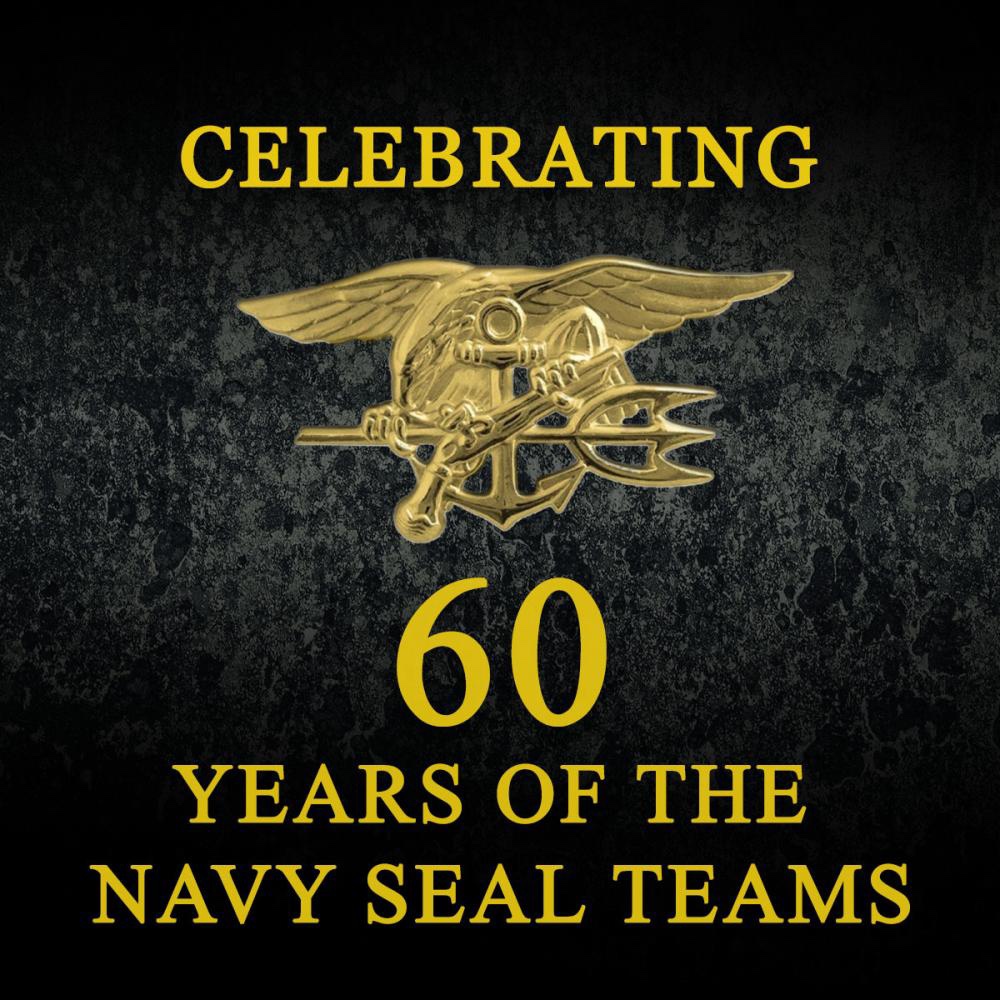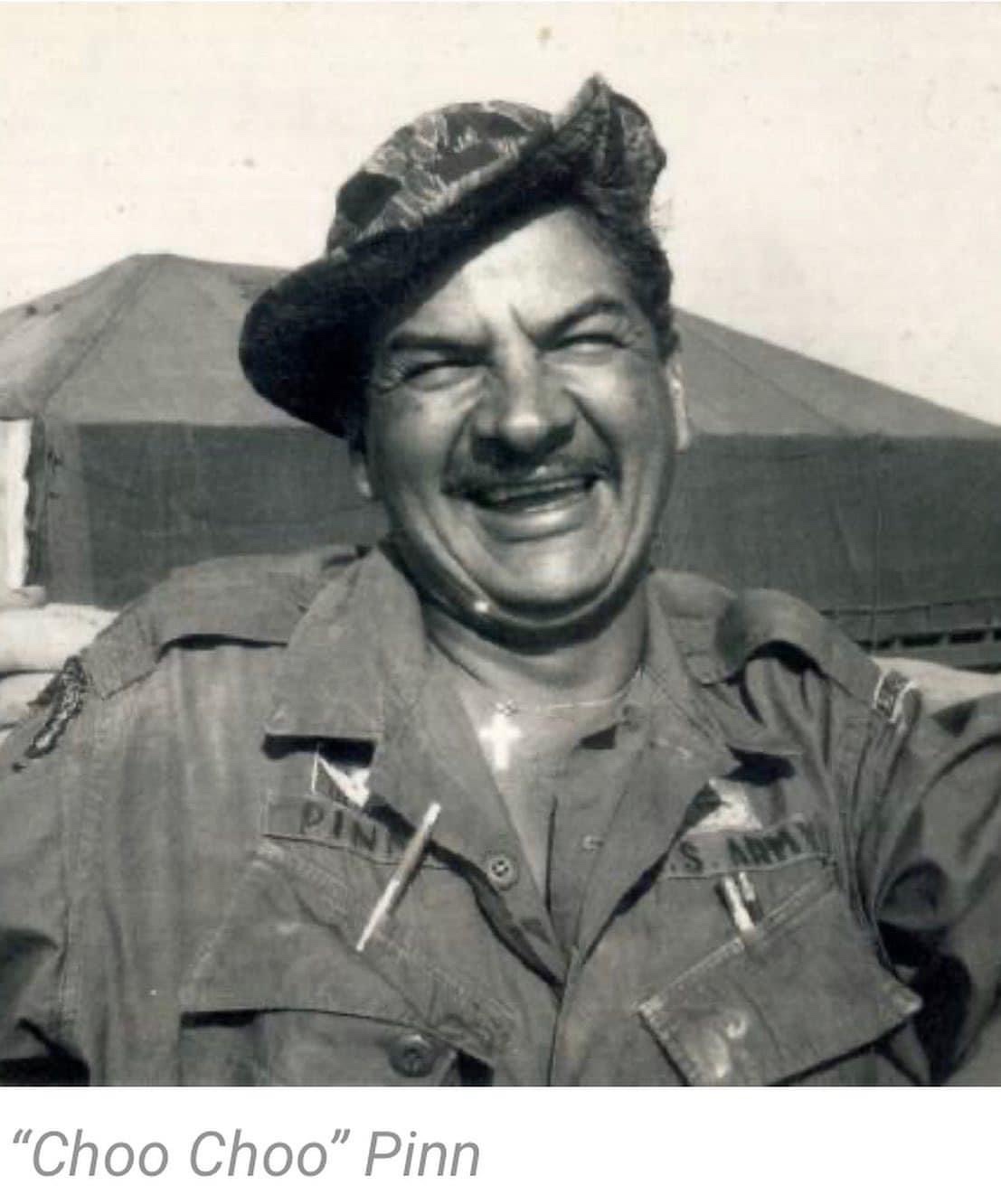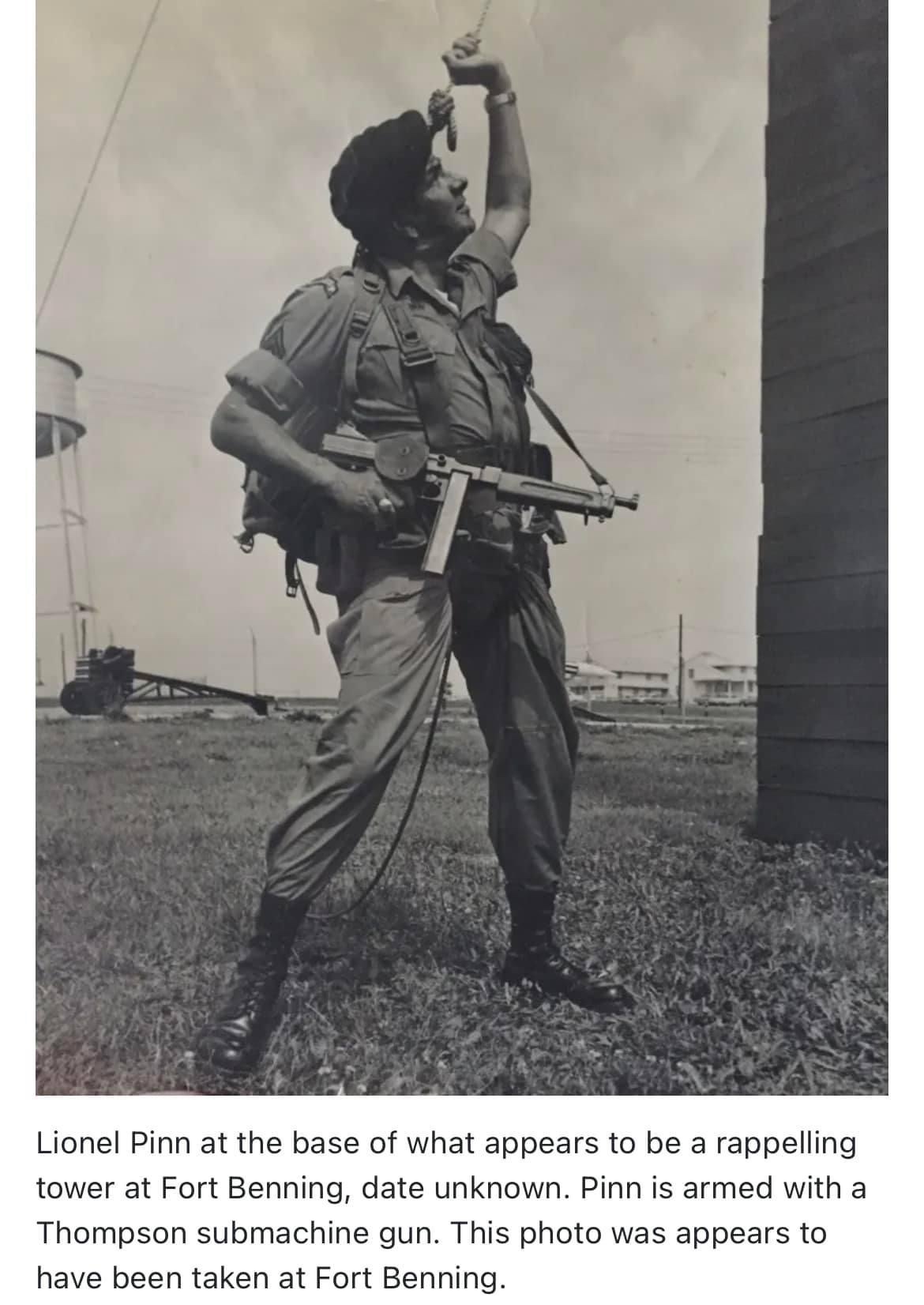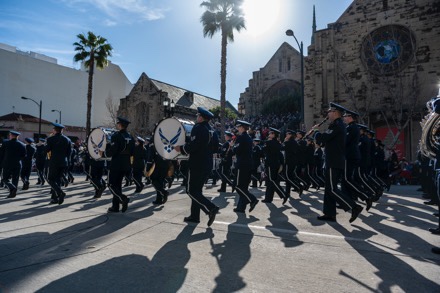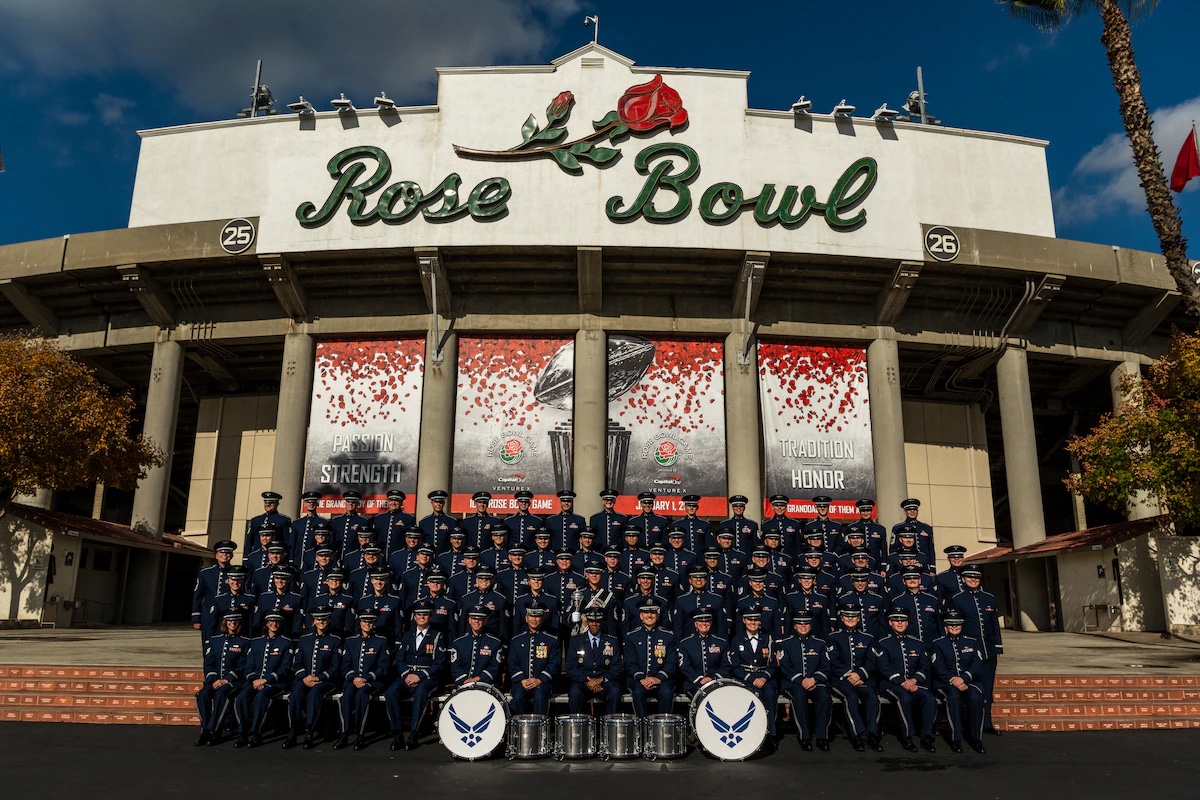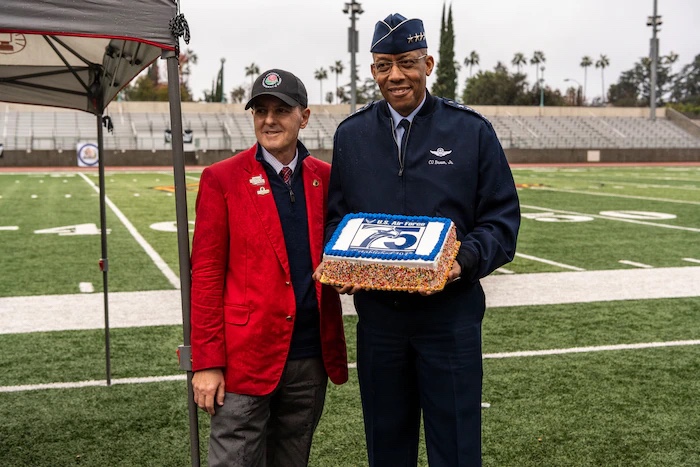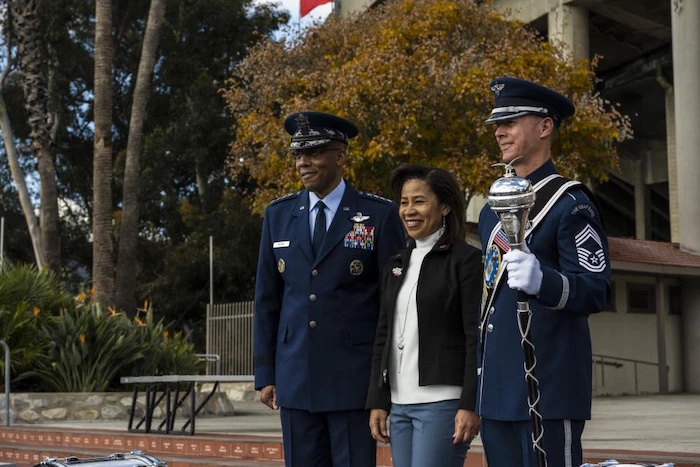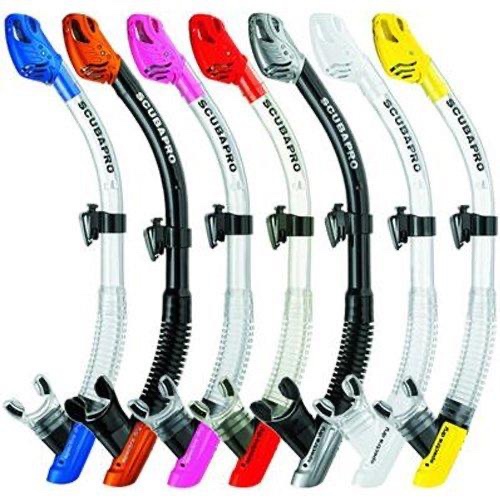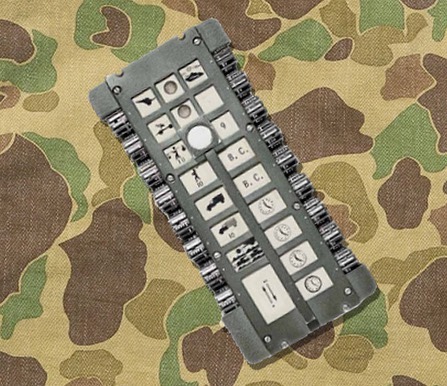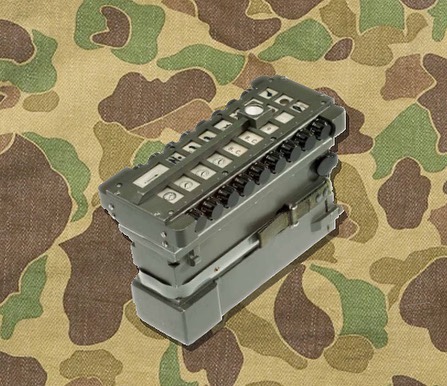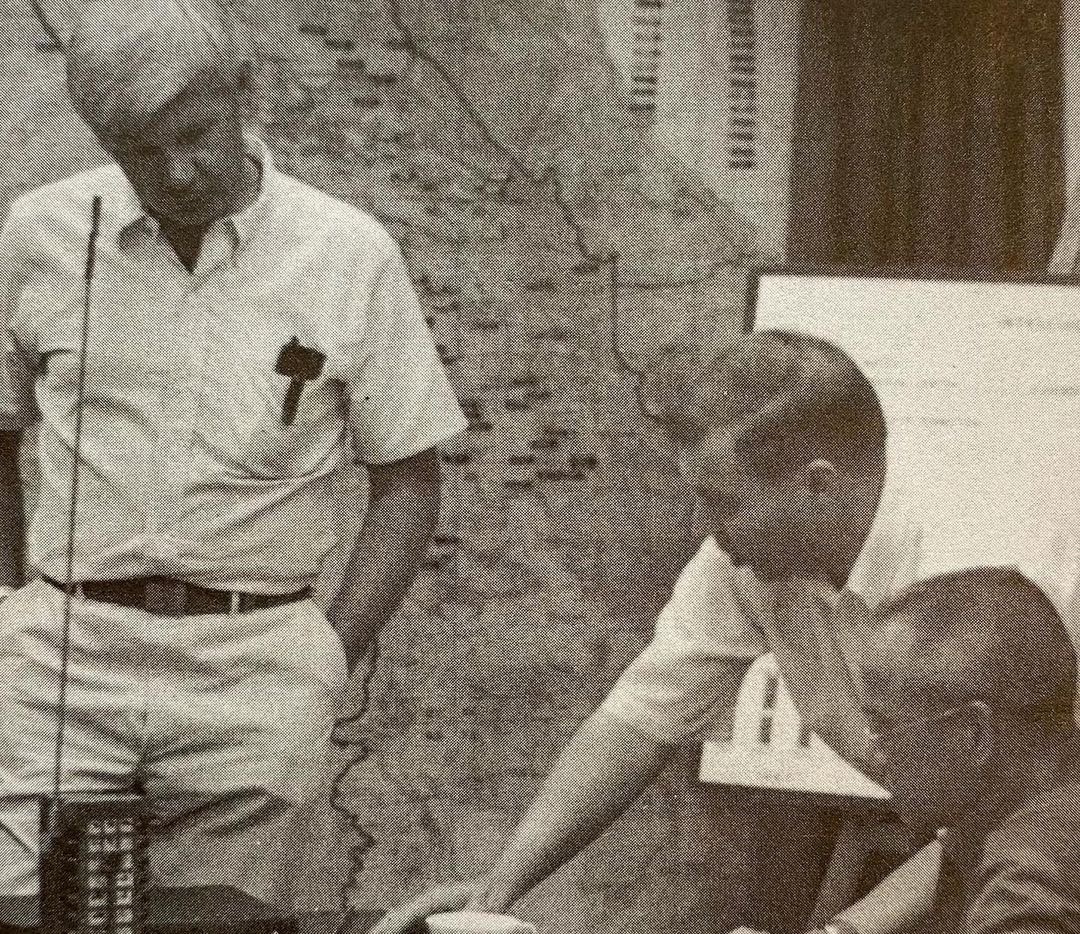Growing up the movie “Attack Force Z” one of my favorite movies and still is. I have always wanted to an old school WW2 operation doing an insert by Klepper kayaks and blow-up a ship in a harbor or a bridge. You know like Cockleshell heroes or Attack Force Z
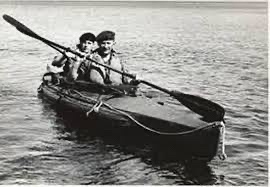
SOE-Australia (SOA) was a WWII Special Forces and covert operations organization operating in the Pacific theater behind Japanese lines. It was made up of men and women from Australian, British, New Zealand, Canadian, South African, Indonesian, Timorese and Malay. SOA fought a secret, undercover war against the Japanese occupying force on the islands north of Australia. With the success of the British SOE unit in the European theater, Winston Churchill ordered that a similar unit be formed in the pacific. SOA was made up from many different units like the Royal Australian Navy’s Coastwatcher’s, a propaganda unit the Far Eastern Liaison Office (FELO), the Secret Intelligence Service (SIS/SIA), a Dutch East Indies intelligence unit (NEFIS), the United States’ Philippine Regional Section (PRS, operating in the southern Philippines) and an Australian/British Special Operations group, which was to carry out missions behind enemy lines. The SOA took part in hundreds of covert operations against the Japanese and were directly responsible for eliminating thousands of enemy troops and sinking tons of ships and supplies, they paid a high price with more than eighty SOA commandos losing their lives. To maintain security, the SOA was given a cover name – Inter-Allied Services Department (IASD, mostly referred to as the ISD). It had British SOE agents that had escaped Singapore and the Dutch East Indies before it fell to the Japanese. That helped get it up and running.
SOA operators could operate in parties as small as two men, ISD Operatives faced overwhelming odds against a barbaric and increasingly desperate enemy. They conducted similar operations as many other SF groups in WWII. From Jedburgh’s type of missions (training indigenous guerrilla forces) to conduct direct action missions and raiding targets of opportunity. They also performed special reconnaissance missions close to enemy forces behind the lines.
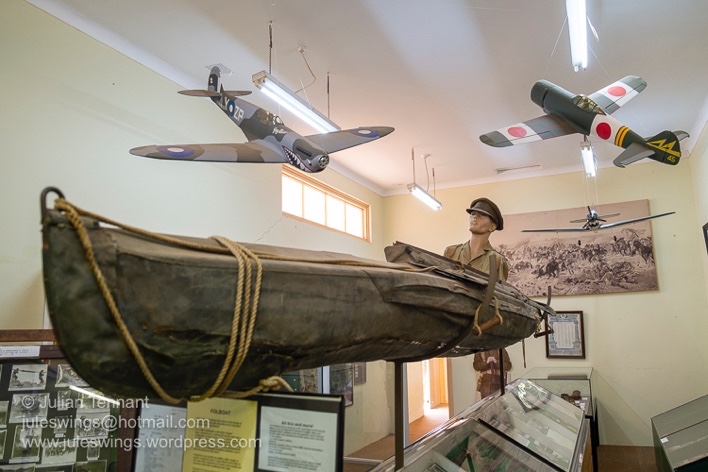
The ISD men kept quiet about their exploits for over 50 years, and even today, the full story has never really been made public. The whole story of ISD operations during WWII is one that has been largely overlooked and misunderstood for the past 75 years. One of the main reasons for this is the misunderstanding that ISD was named Z or M Special Unit. The Z and M just referred to their administrative arm of the units. Z Special Unit was also used for requisitioning stores and transport through Australian Army channels. There are cases where Colonels were removed from transport aircraft to make room for ISD Corporals. Such was the administrative power of the Z Special Unit. So, this is how it was broken down, for Australian Army personnel and civilians assigned to ISD, and later to SRD, and as such, Z Special Unit appears on the service records of every Australian soldier who was assigned to either of those organizations. Another reason for some of the confusion is that in early 1943 the SOA was giving a new code name the Services Reconnaissance Department (SRD), and the term SOA was only to be used at the highest level. Z Special Unit does not appear on the service records of RAAF, RAN or British, NZ, Canadian, or South African personnel assigned to ISD or SRD since they weren’t enlisted in the Australian Army. However, Z Special Unit or Z Force became a common term in the post-war years, even among SRD Veterans. Although it is historically inaccurate to refer to the Special Operations as Z Special Unit. So, where do M Special units fit in? During the war an Allied Special Forces Reconnaissance Team under the command of the Services Reconnaissance Department (SRD.) It was the successor of the Coastwatcher’s unit. Raised in Queensland, Australia, in 1943, the unit operated behind enemy lines for long periods in the Pacific theatre, collecting intelligence such as enemy troop movements and shipping details. It was disbanded at the end of the war in 1945.
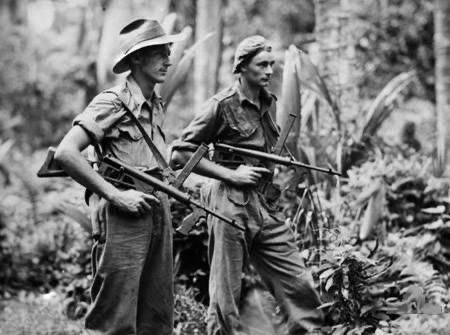
Unlike its sister unit, M Special Unit wasn’t as well known for direct action missions. Z Special Unit was comprised of about 81 members and generally inserted via small boat, submarine, or airplane and conducted quick hit and run missions. They would also conduct intelligence-gathering operations. M Special Unit, on the other hand, operated behind enemy lines for extended periods and did long-range intelligence collection; as such, they tried to go undetected and, as such rarely engage the enemy.
Also, all personal assigned to ISD were still listed as attached to the parent unit they came from. The reason for this was to help maintain secrecy. It was also used as a way to hide the funding for the ISD. As one of the best ways to keep something secret is never to show that money is going to them. The units never had an official insignia. You will often see a Z of M with a dagger through it. This was not made until 1970 and unfortunately, is mistaken for the units WWII symbol.
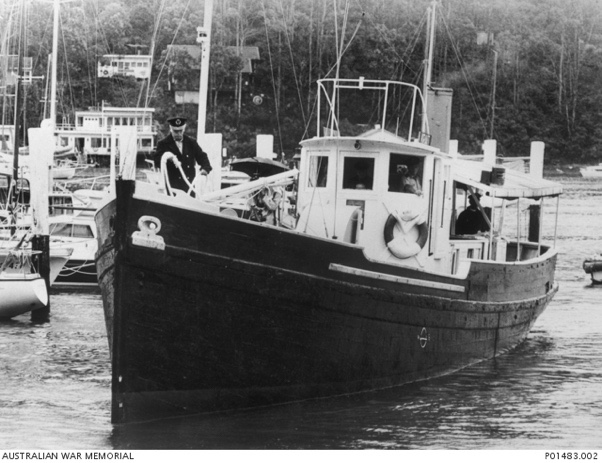
One of ISD/SRD’s most famous Operations was called Jaywick. They used a 68-ton wooden ship. British authorities had seized the Kofuku Maru in Singapore following Japan’s entry into the war. In 1943 she was renamed Krait and assigned to the SRD. The objective of Operation Jaywick was for SRD members to attack Japanese shipping in Singapore. SRD commandos paddled into Singapore harbor in kayaks and attached limpet mines to Japanese enemy shipping. The stealthy raiders sank seven ships and about 39,000 tons of supplies and equipment before escaping home to Australia. By the time they returned nearly seven weeks later, the crew of 14 had carried out one of the most successful clandestine raids in Australian history. Throughout the war, the 70-foot wooden-hulled boat involved in the Jaywick raid, MV Krait, sank more shipping than any other ship in the Australian navy.
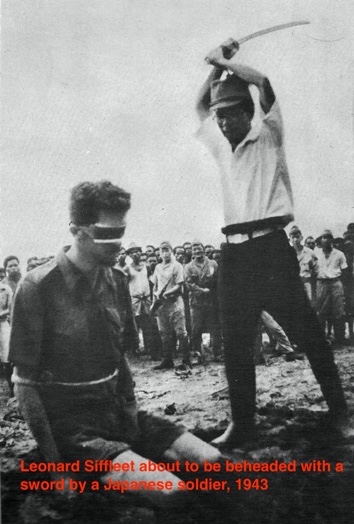
In a subsequent mission to Jaywick called Operation Rimau, the raiding party was detected by the enemy, hunted down and executed. Seventeen of SRD members lie in graves at Kranji War Cemetery in Singapore. In Operation Copper, eight men landed on an island off New Guinea to disable enemy guns before the Allied landing. Discovered by the Japanese, three commandos were captured, tortured, and executed. Four others escaped and fled out to sea, but only one made it home.
No matter what their name was or what they are called now, the units of WWII are the forefathers of today’s Special Forces in Australian and New Zealand and helped end the war.
www.australiansas.com/Establis%20SF


